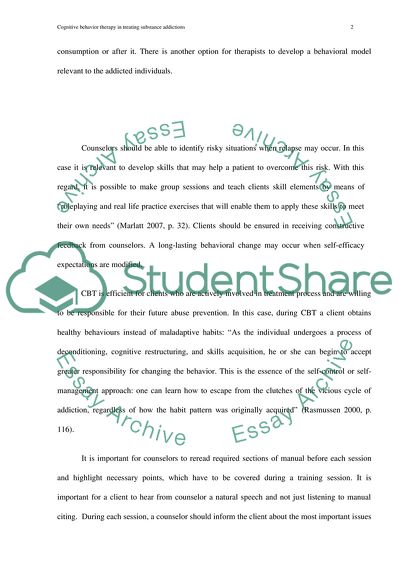Cite this document
(Cognitive Behavior Therapy in Treating Substance Addictions Term Paper - 1, n.d.)
Cognitive Behavior Therapy in Treating Substance Addictions Term Paper - 1. Retrieved from https://studentshare.org/psychology/1750572-cognative-behavioural-therapy-cbt
Cognitive Behavior Therapy in Treating Substance Addictions Term Paper - 1. Retrieved from https://studentshare.org/psychology/1750572-cognative-behavioural-therapy-cbt
(Cognitive Behavior Therapy in Treating Substance Addictions Term Paper - 1)
Cognitive Behavior Therapy in Treating Substance Addictions Term Paper - 1. https://studentshare.org/psychology/1750572-cognative-behavioural-therapy-cbt.
Cognitive Behavior Therapy in Treating Substance Addictions Term Paper - 1. https://studentshare.org/psychology/1750572-cognative-behavioural-therapy-cbt.
“Cognitive Behavior Therapy in Treating Substance Addictions Term Paper - 1”. https://studentshare.org/psychology/1750572-cognative-behavioural-therapy-cbt.


